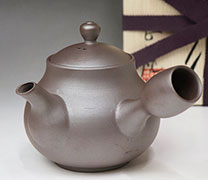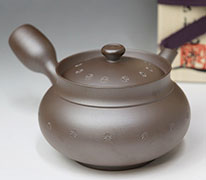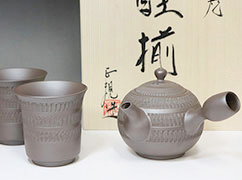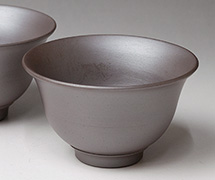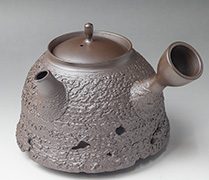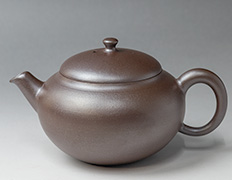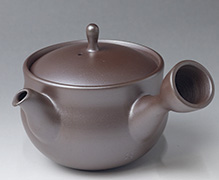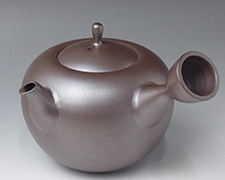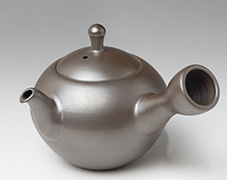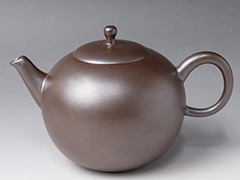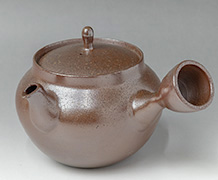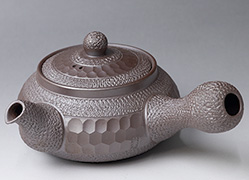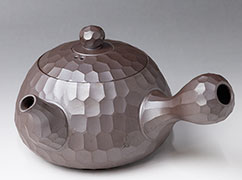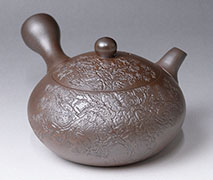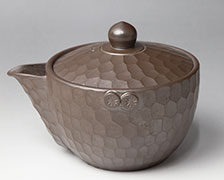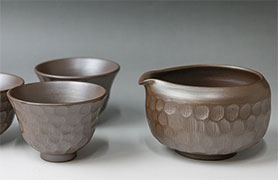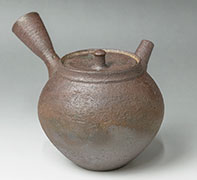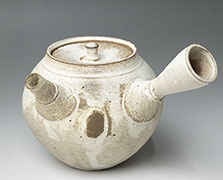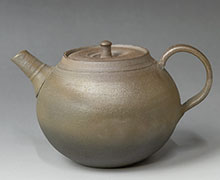Banko ware (Bankoyaki)
Home > Bankoyaki
This is because each piece is individually hand crafted.
The volume of each teapot is measured at full capacity (ie. filled right up to the rim, just under the lid).
|
|
 |
|
|
|
|
|
|
Otsuki Shun |
||
|
|
|
|
|
|
|
|
|
|
|
|
|
|
|
|
|
|
|
|
|
Yamamoto Hiromi (1941 - 2022) |
||
|
||
Jitsuzan II |
||
|
Jitsuzan II |
|
Mori Iroku IV |
||
|
|
|
|
|
|
|
|
|
|
||
Use Banko teapots just as you would use porcelain teapots.
Rinse the inside with hot water after each use in order to eliminate the possibility of tea stains. Wipe the outside with a soft cloth and leave to dry naturally, right side up with the lid off. *Never place the pot onto direct fire.
Wiping with a soft, dry cloth gives a lustrous sheen to the pot and makes it even more pleasing to the eye. *Do not wipe inside the teapots.
Seasoning clay teapots
shidei teapots do not require any seasoning, just like most of the Tokoname teapots. However kata banko teapots do tend to have a clay smell. This can be removed by submerging the pot in a mixture of water and used tea leaves. It should take roughly between 1 to 3 days for the smell to disappear.



